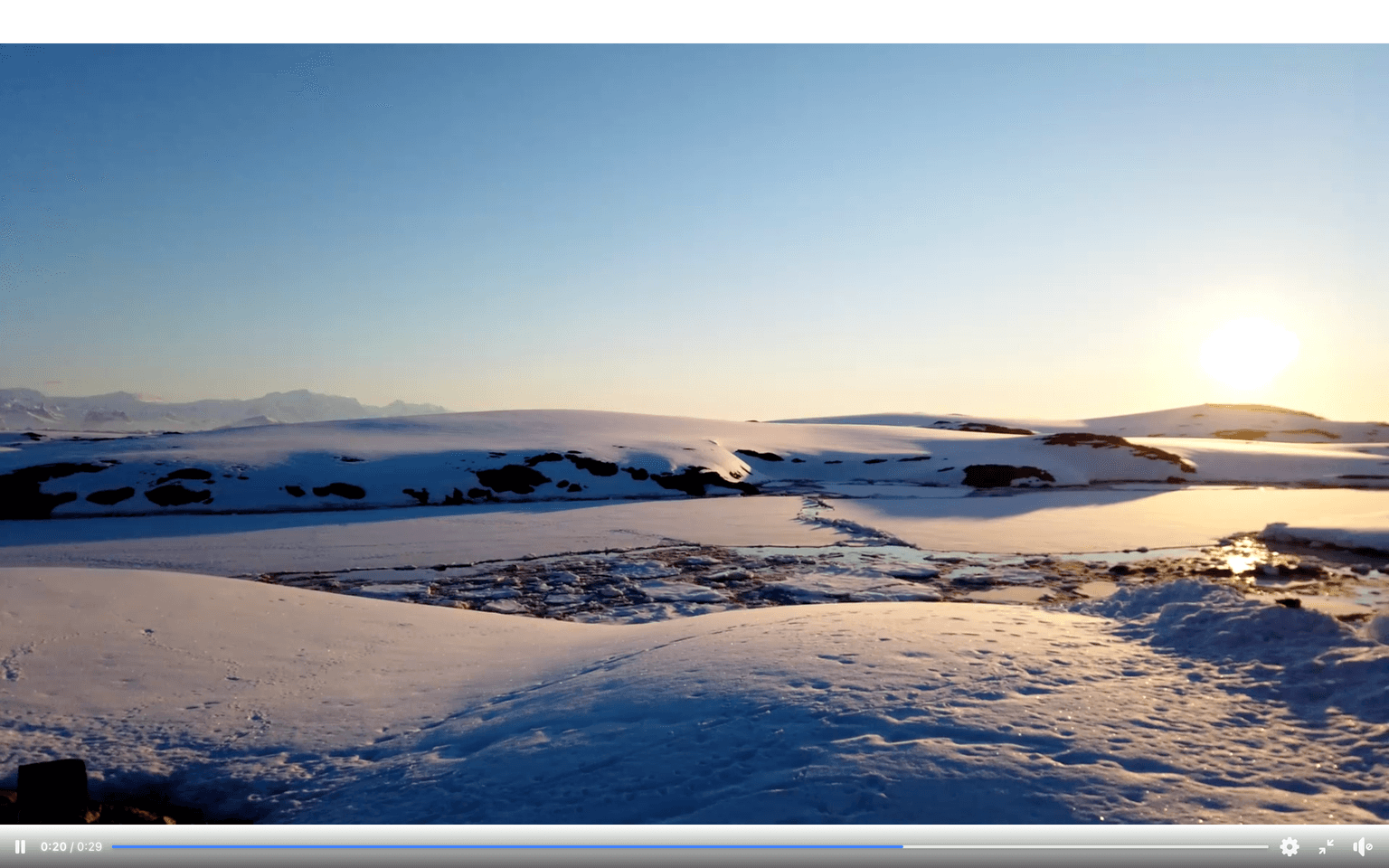Ukrainian scientists register Tonga eruption effects in Antarctica (VIDEO)

Ukrainian scientists in Antarctica witnessed and registered the effects of a major deep-sea volcanic eruption that occurred on Jan. 14 near Tonga, a Pacific Ocean archipelago nation.
The blast was so powerful that it caused an unusual seesaw of icy waters at Ukraine’s Akademik Vernadsky polar research station, 7,800 kilometers away from the volcano, Ukraine's National Antarctic Scientific Center said on Jan. 17.
"A 60-centimeter wave came to us," Oleksandr Nadtochiy, a meteorologist with the Ukrainian polar mission, said. "Bear in mind that the aquatic area is covered with solid ice."
The scientists registered the icy tide and managed to film it.
"Moreover, atmospheric pressure leaps have also been registered," the center said.
"A major volcanic eruption can be compared to popping champagne. At the moment of the outbreak, a blastwave is created at the volcanic crater. As its energy drops gradually, it turns into a sonic wave after several dozen kilometers and then into an atmospheric pressure surge after hundreds and thousands of kilometers, which is what high-precision sensors indicate."
Atmospheric shifts were also registered in Ukraine and even in Alaska, according to the agency.
"We all need to remember how small and vulnerable our planet is," scientists said.
The eruption began at the Hunga Tonga–Hunga Haʻapai, a volcanic island in the South Pacific, triggering a tsunami seen all over the Pacific coastline, including in South America, the United States, Australia, Japan, and Russia.
At least two people were killed and four injured by the waves , according to media reports.
The eruption's gigantic ash plume went up as high as 20 kilometers in the atmosphere. According to vulcanologist Shane Cronin of the University of Auckland, this was likely the biggest global eruption in 30 years.
https://www.youtube.com/embed/Uq4j05KvTRA









